Director |
Name: Baoan Song
Title: Full Professor of GZU, Academician of Chinese of Academy Engineering
Position: President of GZU, Chair of State Key Laboratory of Green Pesticide
Contact: basong@gzu.edu.cn
ORCID iD: 0000-0003-2502-778X
Lab website:https://www.x-mol.com/groups/Song_green_pesticide
Education: (2003) PhD. Nanjing Agricultural University, Nanjing, Jiangsu, China.
(1986) MSc. Shenyang Research Institute of Chemical Industry, Shenyang, Liaoning, China.
(1983) BSc. Guizhou University, Guiyang, Guizhou, China.
Research interests and achievements: Prof. Song's research focuses on pesticide R&D and pest management. He has led over 30 projects, including the National Key Research and Development Program of China and “973” Project and the Key Program of National Natural Science Foundation of China. He has received the “Ho-Liang Ho-Li Foundation Award of Science and Technology” and the “Highest Scientific and Technological Contribution Award of Guizhou Province”. As the primary awardee, he has won three Second Class Prizes and one Third Prize of the “State Scientific and Technological Progress Award”, four First Class Prizes, and seven Second Class Prizes of provincial and ministerial science and technology progress awards. He has published over 200 SCI-indexed papers in internationally renowned journals such as Nature Biotechnology and Nature Plants, with over 8,000 citations. He holds 50 national invention patents and has published six pesticide monographs with Springer and other publishers.
Prof. Song has developed new production processes for tolclofos-methyl, hymexazol, buprofezin, chlorpyrifos, and imidacloprid, which are widely used in industrial production and adopted by many pesticide companies in China, resulting in significant economic benefits. He independently developed the bactericide “Guangkuling”, which has become an important agent for controlling soil-borne diseases in China, contributing significantly to the advancement of the national pesticide industry. He also created the highly effective antiviral agent “Dufulin” with independent intellectual property rights in China and proposed a new whole-process prevention and control method, solving major control problems of diseases like Southern rice black-streaked dwarf virus. He proposed green control technology measures characterized by "ecology as the root, agronomy as the foundation, and emergency control as auxiliary," leading his team to carry out green control and quality safety work for major tea diseases and pests in key tea-producing counties in Guizhou Province, providing technical support.
Song systematically expounded on the concept of crop health-oriented immune regulation and green plant protection development, making significant contributions to the innovation in green pesticides and the development of plant protection in China. He has trained over 100 postdoctoral researchers, doctoral students, and masters students. Under his leadership, the team has been awarded the National Advanced Group in Professional Technology and the National Innovative Talent Training Demonstration Base, helping Guizhou University's chemistry discipline rank in the top 1% globally according to ESI and establishing its plant protection discipline as a World-Class Construction Discipline.
Research funding (selected):
National Key Research and Development Program of China (No. 2022YFD1700300)
National Key Research and Development Program of China (No. 2018YFD0200100)
Key Program of National Natural Science Foundation of China (No. 32330087)
Key Program of National Natural Science Foundation of China (No. 21732002)
Key Program of National Natural Science Foundation of China (No. 21132003)
General Program of National Natural Science Foundation of China (No. 21867002)
General Program of National Natural Science Foundation of China (No. 21732002)
General Program of National Natural Science Foundation of China (No. 21672044)
National Basic Research Program of China (973 Program)(No. 2010CB126105)
National Key Project for Basic Research Program of China (973 Program) (No. 2003CB114404)
Awards (selected):
Second Class Prize of The State Scientific and Technological Progress Award (2019)
Second Class Prize of The State Scientific and Technological Progress Award (2014)
Second Class Prize of The State Scientific and Technological Progress Award (2007)
Third Class Prize of The State Scientific and Technological Progress Award (1998)
Second Class Prize of The National Teaching Achievement Award for Higher Education (Undergraduate) (2022)
The Ho-Liang Ho-Li Foundation Award of Science and Technology (2012)
First Class Prize of China Petroleum and Chemical Industry Federation Science and Technology Progress Award (2023)
First Class Prize of Guizhou Scientific and Technological Progress Award (2024)
First Class Prize of Guizhou Scientific and Technological Progress Award (2021)
First Class Prize of Guizhou Scientific and Technological Progress Award (2018)
Publications (selected):
Y, L.; Li, X.; Zhao, C.; Song, R.; Song, B.* CGMMV capsid protein hijacks host pro-viral factors to generate condensates and remodel photosynthesis: strategic antiviral protocol. Science Bulletin. 2025. (10.1016/j.scib.2025.05.012).
This study reveals for the first time that CGMMV hijacks and reshapes the host photosynthesis pathway through liquid-liquid phase separation. Based on this, we designed antiviral agents that target phase separation to achieve plant protection.
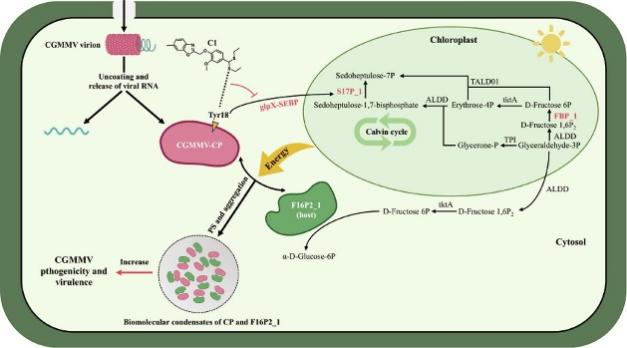
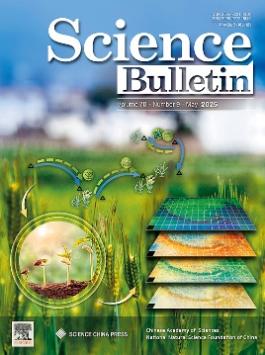
Zan, N.; Li, J.; Yao, J.; Wu, S.; Li, J.; Chen, F.; Song, B.*; Song, R*. Rational design of phytovirucide inhibiting nucleocapsid protein aggregation in tomato spotted wilt virus. Nature Communications. 2025, 16, 2034. (10.1038/s41467-025-57281-z).
This study, for the first time, suggests that small molecule pesticides designed to target the phase separation process of plant pathogens could provide an opportunity to cure plant diseases caused by viruses.
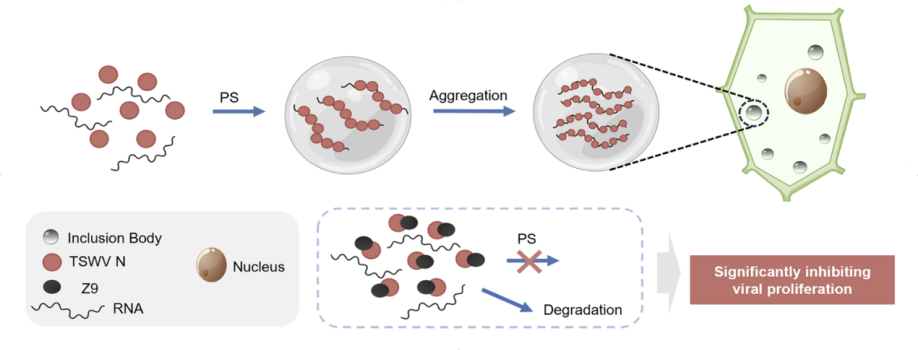
Song, R.; Zhang, Y.; Lu, P.; Wu, J.; Li, Q. X.; Song, B.* Status and Perspective on Green Pesticide Utilizations and Food Security. Annual Review of Food Science and Technology, 2024, 15. (10.1146/annurev-food-072023-034519).
This review gives a short explanation of what "green pesticides" are and talks about their importance, how they are currently registered and used in China, the EU, and the US.
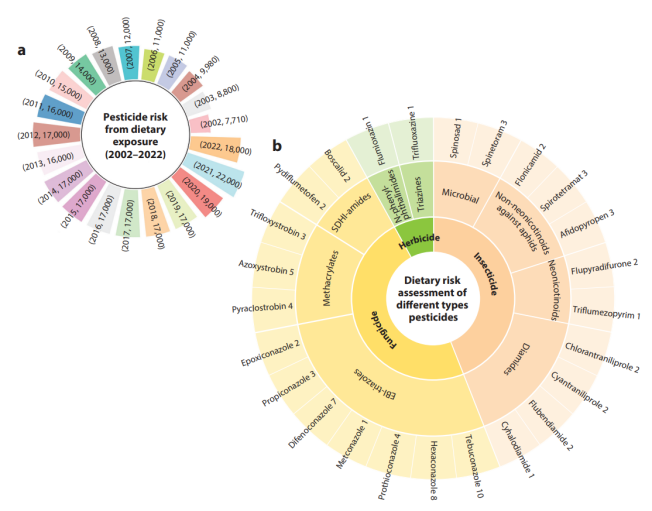
Zhang, A.; Zhang, H.; Wang, R.; He, H.; Song, B.*, Song, R.* Bactericidal bissulfone B7 targets bacterial pyruvate kinase to impair bacterial biology and pathogenicity in plants. Science China Life Sciences, 2024, 67(2): 391−402. (10.1007/s11427-023-2449-1).
This study identifies pyruvate kinase (PYK) as a potential new target against rice bacterial leaf blight and offers insights into the molecular and mechanistic aspects underlying anti-Xoo strategies that target PYK.
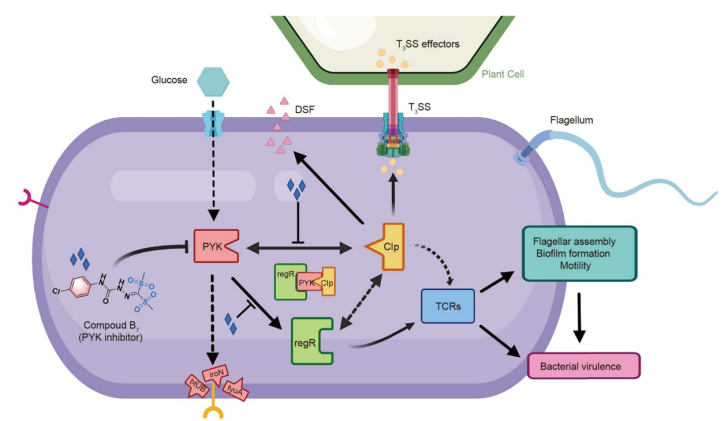
Lu, H.; Shen, Z.; Xu, Y.; Wu, L.; Hu, D.; Song, R.*; Song, B.* Immune Mechanism of Ethylicin-Induced Resistance to Xanthomonas oryzae pv. oryzae in Rice. Journal of Agricultural and Food Chemistry, 2023, 71(1), 288–299. (10.1021/acs.jafc.2c07385).
This research identifies OsCPK24 as a key mediator in rice resistance to Xoo, paving the way for the development of new bactericides leveraging OsCPK24. (Winner of the AGRO Division Research Article of the Year Award)
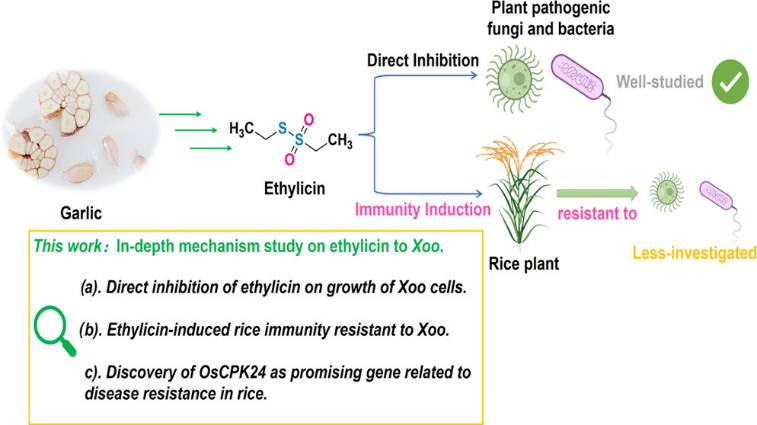
Yu, Q.; … Song, B.*; He, C.*; Jia, G*. RNA demethylation increases the yield and biomass of rice and potato plants in field trials. Nature Biotechnology, 2021, 39, 1581–1588. (s41587-021-00982-9).
This research demonstrates transgenic expression of the human RNA demethylase FTO in rice caused a significant increase in grain yield under both greenhouse conditions and field trials, indicatingmodulation of plant RNA m6A methylation is a promising strategy to dramatically improve plant growth and crop yield.
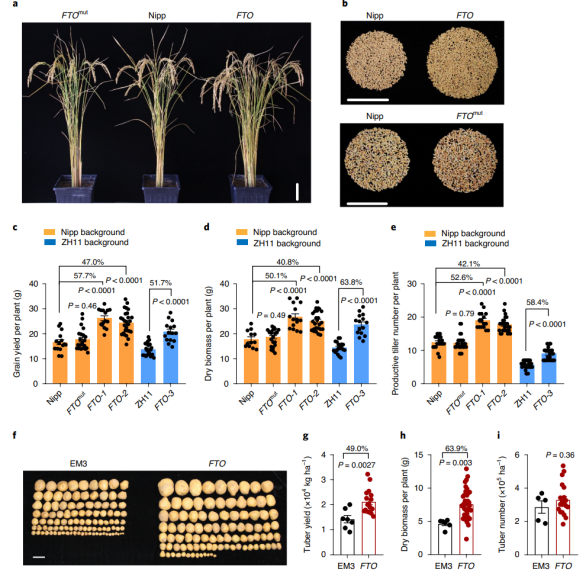
Lu, Y.; … Song, B.*; Zhu, J. K.*; Li, H*.; Jiang, L*.; A donor-DNA-free CRISPR/Cas-based approach to gene knock-up in rice. Nature Plants, 2021, 7, 1445–1452. (s41477-021-01019-4).
This research shows that new genes and traits can be created in rice by designed large-scale genomic inversion or duplication using CRISPR/Cas9. CRISPR/Cas-based genome editing for gene knock-ups has been generally considered very difficult without inserting donor DNA as regulatory elements. This study challenges this notion by providing a donor-DNA-free strategy, thus greatly expanding the utility of CRISPR/Cas in plant and animal improvements.
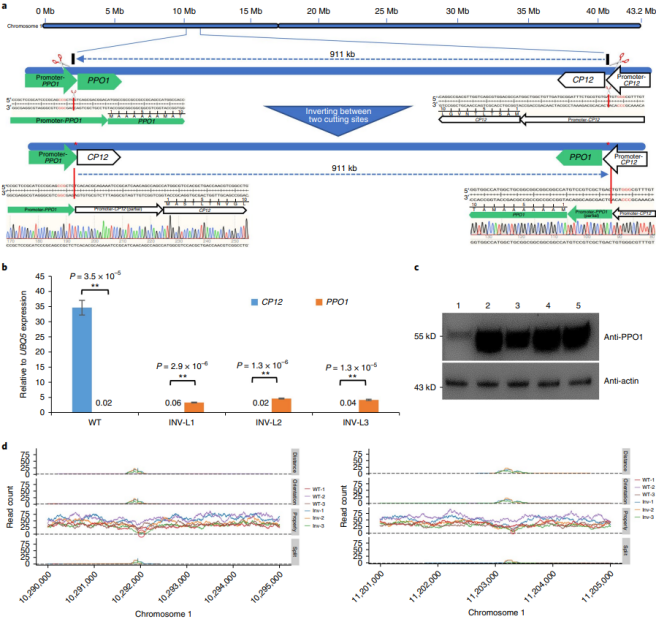
Song, B*.; Seiber, J, N.; Duke, S. O.; Wu, L.; Li, Q. X. Green Plant Protection Innovation: Challenges and Perspectives. Engineering, 2020, 6(5), 483–484. (10.1016/j.eng.2020.04.001).

Li, Z.; Shi, J.; Hu, D.*; Song,B*.A polysaccharide found in Dendrobium nobile Lindl stimulates calcium signaling pathway and enhances tobacco defense against TMV. International Journal of Biological Macromolecules, 2019, 137, 1286–1297. (10.1016/j.ijbiomac.2019.06.179).
Ran, L.; Ding, Y.; Luo, L.; Gan, X.; Li, X.; Chen, Y.; Hu, D.*; Song, B*. Interaction research on an antiviral molecule that targets the coat protein of southern rice black-streaked dwarf virus. International Journal of Biological Macromolecules, 2017, 103, 919–930. (10.1016/ j.ijbiomac. 2017.05.059).
Zhang, W.; Li, X.; Zhang, G.; Ding, Y.; Ran, L.; Luo, L.; Wu, J.; Hu, D.*; Song, B.* Binding interactions between enantiomeric α-aminophosphonate derivatives and tobacco mosaic virus coat protein.International Journal of Biological Macromolecules, 2017, 94, 603–610. (10.1016/j.ijbiomac.2016.10.027).
Yang, X.; Song, B.*;Jin, L.; Wei, X.; Bhadury, S. P.; Li, X.; Yang, S.; Hu, D. Synthesis and antiviral bioactivities of novel chiral bis-thiourea-type derivatives containing α-aminophosphonate moiety.Science China-Chemistry, 2011, 54(1): 103–109. (10.1007/s11426-010-4179-5).
Patents (selected):
Song, B. A.;Pang, Y. X. The synthesis method of hymexazol, China Invention Patent number: ZL 99115140.2, 2002.
Song, B. A.; Song, Z. L.; Hu, D. Y. A group of agricultural pesticides and its preparation method with cyfluthrin as raw materials, China Invention Patent number: ZL 00132045.9, 2005.
Song, B. A.; Wu, Y. L.; Huang, R. M. The synthesis of fluoride α-amino alkyl phosphonic acid ester with the activity of anti-plant virus, China Invention Patent number: ZL02113252.6, 2006.
Song, B. A.;Zhang, G. P.; Hu, D. Y.; Pang, L. L.; Yang, S.; Liu, G.; Wang, H.The synthesis method and use ofN- substituted benzothiazolyl -1- substituted phenyl -O, O- two -α- alkyl amino phosphonate ester derivative, China Invention Patent number: ZL 200510003041.7, 2006.
Song, B. A.;Li, W. H.; Yang, S.; Hu, D. Y.; Jin, L. H.; Wei, X.; Fan, H. T.; Xue, W.; Li, L. The synthesis method and use of a kind of optical activity of β-amino acid ester with benzothiazole moieties, China Invention Patent number: ZL201010159758.1, 2011.
Song, B. A.;Gou, X. T.; Hu, D. Y.; Cai, X. J.; Chen, H. J.; Yang, S.; Xue, W. The synthesis method and use of a kind of phenyl cyanoacrylate derivatives with amino phosphonate, China Invention Patent number: ZL200910102548.6, 2011.
Song, B. A.; Hu, D. Y.; Li, S. B.; Yang, S.; Jin, L. H.; Huang, Y. J.The synthesis method and use of1, 5- two heterocyclic base - 1, 4-pentadiene-3-ketone derivatives, China Invention Patent number: ZL200910102435.6, 2011.
Song, B. A.; Wu, J.; Xue, W.; Chen, P. L.; Yang, S.; Zeng, S.; Hu, D. Y.; Wang, Z. C.; Xu, W. M. The synthesis method and insecticidal activity use of1, 5-2 replaced aryl-1, 4- pentadiene -3-ketone oxime ethers compounds, ZL201010272708.4, 2012.
Song, B. A.; Yang, S. J.; Xue, W.; Jin, L. H.; Yang, S.; Hu, D. Y.; Li, X. Y.; Chen, Z. A preparation method of drug to anti-plant viruses, China Invention Patent number: ZL200810069089.1, 2013.
Xue, W.; Bai, S.; Xie, H. P.; Chen, Z.; Song, B. A.; Yang, S.; Hu, D. Y.; Jin, L. H. A preparation method and usage of Pesticide compounds mixed with pymetrozine and thiamethoxam, China Invention Patent number: ZL200910102604.6, 2012.
